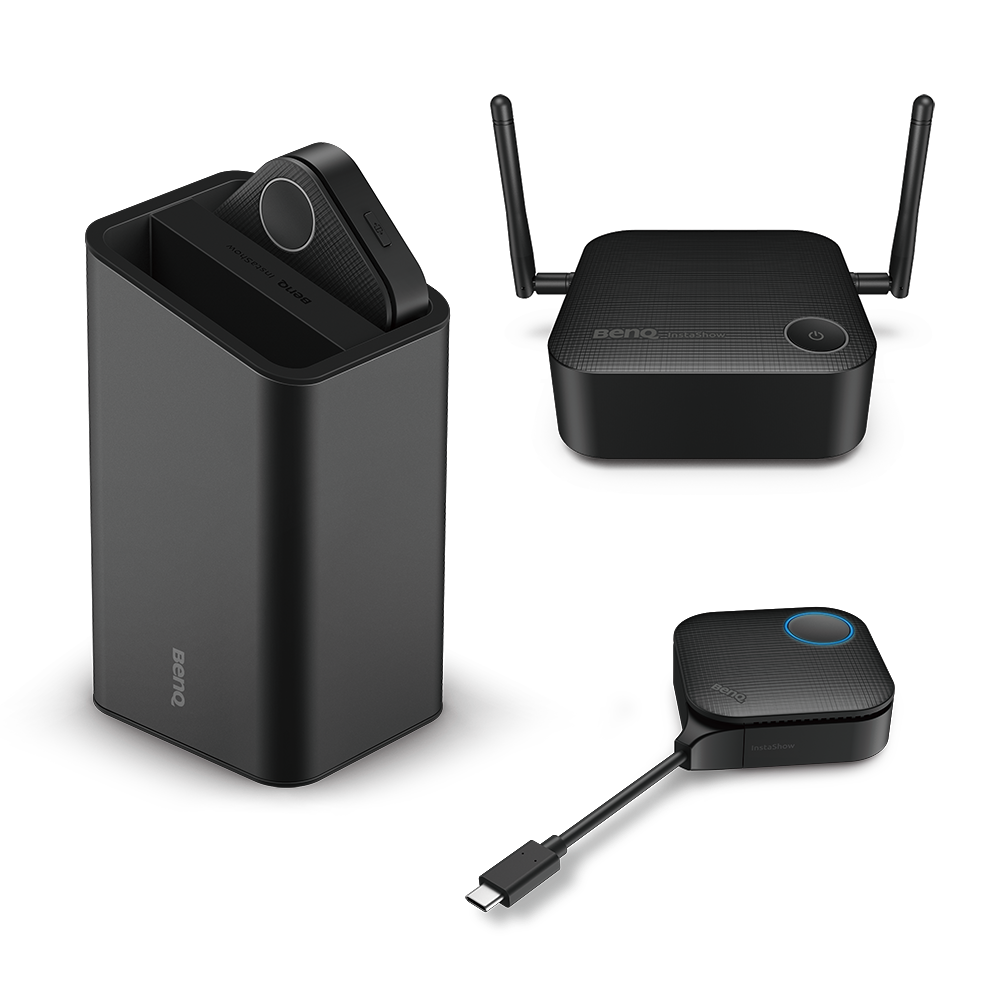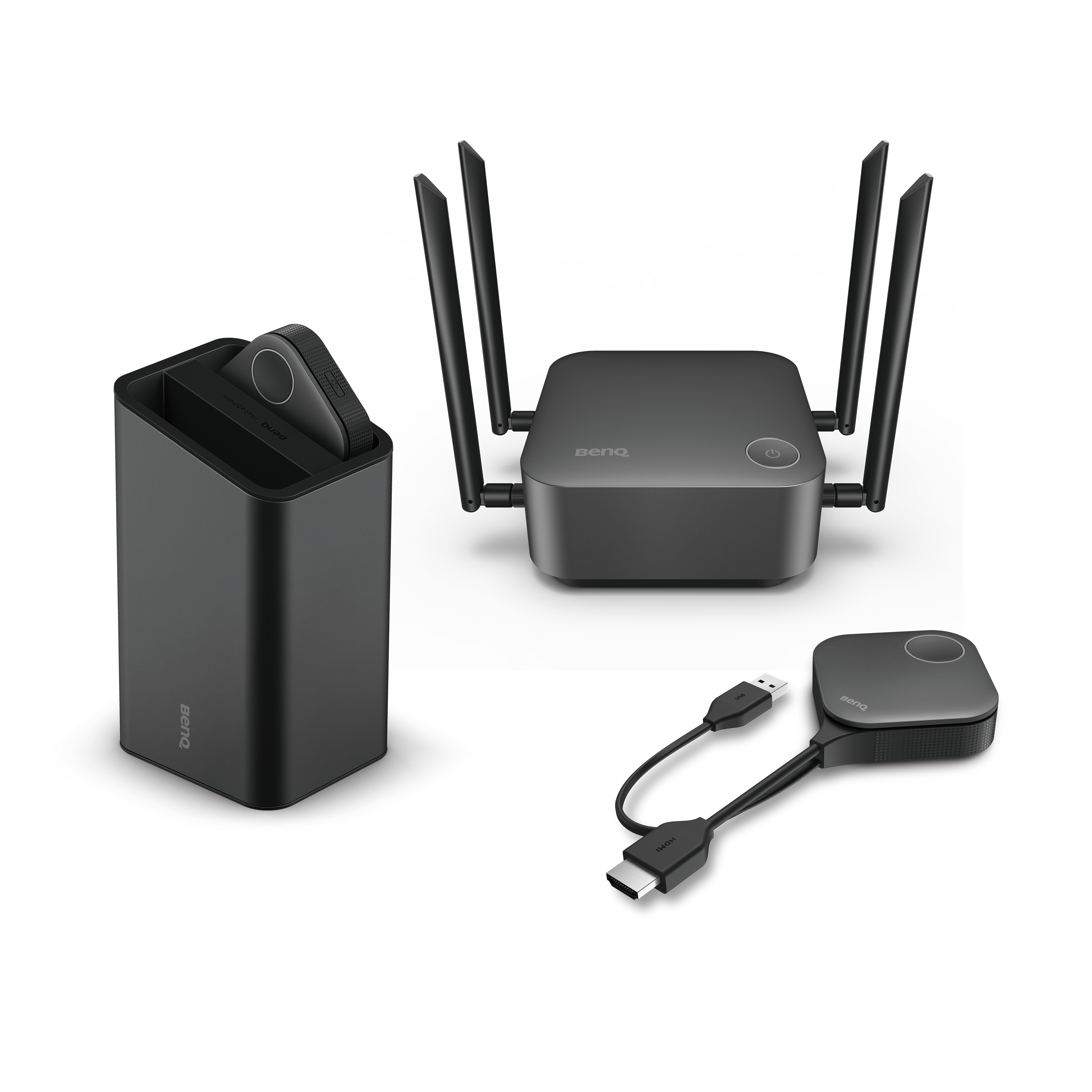Why did apple switch to usb c ?
- BenQ
- 2025-08-08

Why did apple switch to usb c ?
For years, Apple staunchly deffended its Lightning port, but with the release of the iPhone 15, a signficant shift occured: the adoption of USB-c,But why didi Apple finally make the switch?
The answer is multi-faceted, encompassing regulatory pressures,technological advancements,and evolving consumer expectations.
The EU Mandate: A Major Catalyst
A primary driver behind Apple's move to USB-C was the European Union's legislation. The EU mandated that all new smartphones, tablets, and other electronic devices sold within the EU must feature USB-C charging ports by the end of 2024. This regulation aimed to reduce e-waste by promoting the use of universal chargers and cables. As the EU represents a significant portion of the global smartphone market, Apple had little choice but to comply. As PCMag stated, "Apple Will Switch iPhone to USB-C Because 'We Have No Choice'".
Cousmer Demand and Universal Compatibility
Beyond regulatory compliance, consumer demand played a crucial role. USB-C is a widely adopted standard across a vast range of devices, from Android phones and laptops to tablets and gaming consoles. This ubiquity offers consumers the convenience of using a single cable for multiple devices, simplifying their tech lives and reducing cable clutter. The shift aligns the iPhone with Apple's existing product ecosystem, as iPads and MacBooks already utilize USB-C.
Imagine you're traveling for work, heading to an office where you need to deliver a presentation, and you bring along your laptop, tablet, and smartphone. If these devices all use different ports, you'll face a tangle of chargers, cables, and adapters, requiring you to prepare multiple types of connectors just to ensure compatibility. Apple’s move to USB-C is a significant step toward solving this issue, making BYOD (Bring Your Own Device) scenarios more efficient and reducing the number of cables users need to manage.
Additionally, in a BYOD-friendly meeting room environment, USB-C and wireless solutions take this a step further. Imagine walking into a meeting room where you no longer need to worry about bringing the right cables. You can quickly connect your device to a projector or display and start your presentation without hassle. Wireless technologies, such as AirPlay, have further revolutionized this process, enabling seamless connections and making meetings more efficient.
Technological Superiority: Faster Charging and Data Transfer
USB-C offers several technological advantages over Lightning. It supports faster charging speeds and significantly higher data transfer rates. While the base iPhone 15 models might have some limitations, the iPhone 15 Pro models leverage USB 3, enabling data transfer speeds up to 10 gigabits per second – a massive improvement for professionals working with large files. This allows for faster transfer of photos and videos.
Evironmental Benefits and Reduced E-Waste
The move to USB-C also aligns with environmental sustainability goals. By adopting a universal standard, the switch reduces the need for proprietary cables, contributing to a reduction in electronic waste. The EU estimates that this change could eliminate approximately 11,000 tons of e-waste annually.
Adapting to the USB-C Era
The shift to USB-C is driven by a clear and simple goal: reducing the number of cables users need to manage. For Apple users, this is particularly relevant, as the Lightning cable introduces yet another type of connector, adding to the complexity of managing multiple cables and adapters. USB-C, with its ability to deliver both power and high-speed data transmission through a single port, offers a highly extensible solution that simplifies connectivity across a wide range of devices.
Alternatively, some solutions aim to eliminate cables entirely. For example, Apple’s AirPlay enables seamless wireless content sharing and is universally supported across Apple devices, providing a BYOD-friendly option that further reduces the need for physical connections. Similarly, the BenQ InstaShow VS25 BYOD wireless conferencing system aligns with these trends by offering a hassle-free maintenance system with swappable plugs. Whether through USB-C or wireless technologies, these innovations are designed to minimize the burden of cable management, empowering users to focus on their tasks without unnecessary distractions.

FAQ
- Q: Is USB-C definitively superior to Lightning?
A: While both connectors serve the same basic purpose, USB-C generally provides a more versatile and future-proof experience. It boasts the potential for significantly faster charging and data speeds, as well as broader compatibility across different device ecosystems. For most users, the advantages of USB-C will outweigh any perceived benefits of the older Lightning standard.
- Q: Can I use my old Lightning accessories with the new USB-C iPhone?
A: Unfortunately, direct compatibility isn't possible. Due to the different connector shapes, your existing Lightning cables, chargers, and other accessories won't physically connect to the USB-C port on the newer iPhones. You'll likely need to invest in new USB-C accessories, or consider using a Lightning-to-USB-C adapter for some limited functionality.
- Q: Are all Apple now equipped with USB-C ports?
A: The transition to USB-C across the entire Apple product line is still ongoing. While many Apple devices, such as iPads, MacBooks, and the latest iPhones 16 series, have adopted USB-C, some accessories and older models may still utilize the Lightning connector. It's best to check the specifications of individual Apple products to confirm their port type.
Summary
Apple’s switch to USB-C is a strategic step toward simplifying connectivity and supporting BYOD environments. By adopting a universal standard, Apple reduces cable clutter, enhances compatibility, and enables faster performance. This transition not only aligns with industry trends but also fosters more efficient and seamless workflows, making it easier for users to integrate their devices in both personal and professional settings

Recommanded Articles
-
Trends & Knowledge
Eliminate Meeting Interruptions! 3 Tips to Boost Meeting Efficiency with Wireless Conference Systems
Tired of meeting interruptions? Discover 3 crucial factors and learn how to avoid meeting interruptions. Use wireless conference systems to solve meeting equipment compatibility issues, enhance meeting efficiency, and maintain professionalism.
2025.01.23 -
Trends & Knowledge
How to Connect a Macbook to a TV Wirelessly?
Learn how to connect your MacBook to a TV wirelessly with AirPlay and explore screen mirroring wirelessly in collaborative mode? Let's find out!
2022.10.12 -
Trends & Knowledge
Eliminate Hybrid Meeting Tech Hassles! 10 Common Issues & BenQ InstaShow Solutions
Comprehensive analysis of hybrid meeting technical issues! Understand 10 common problems and solutions, and use the BenQ InstaShow wireless conference system to create an efficient and professional meeting environment.
2025.02.21


